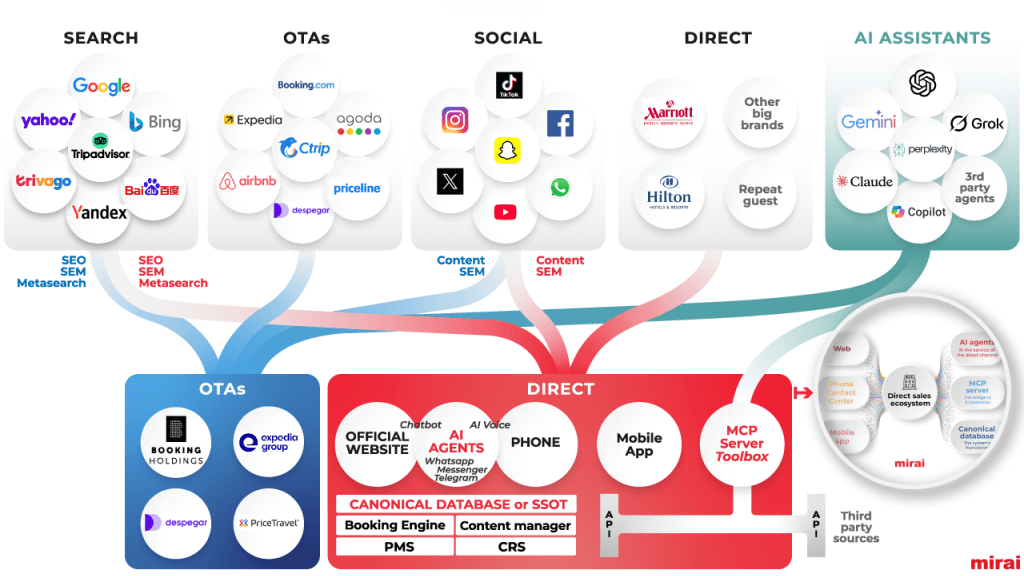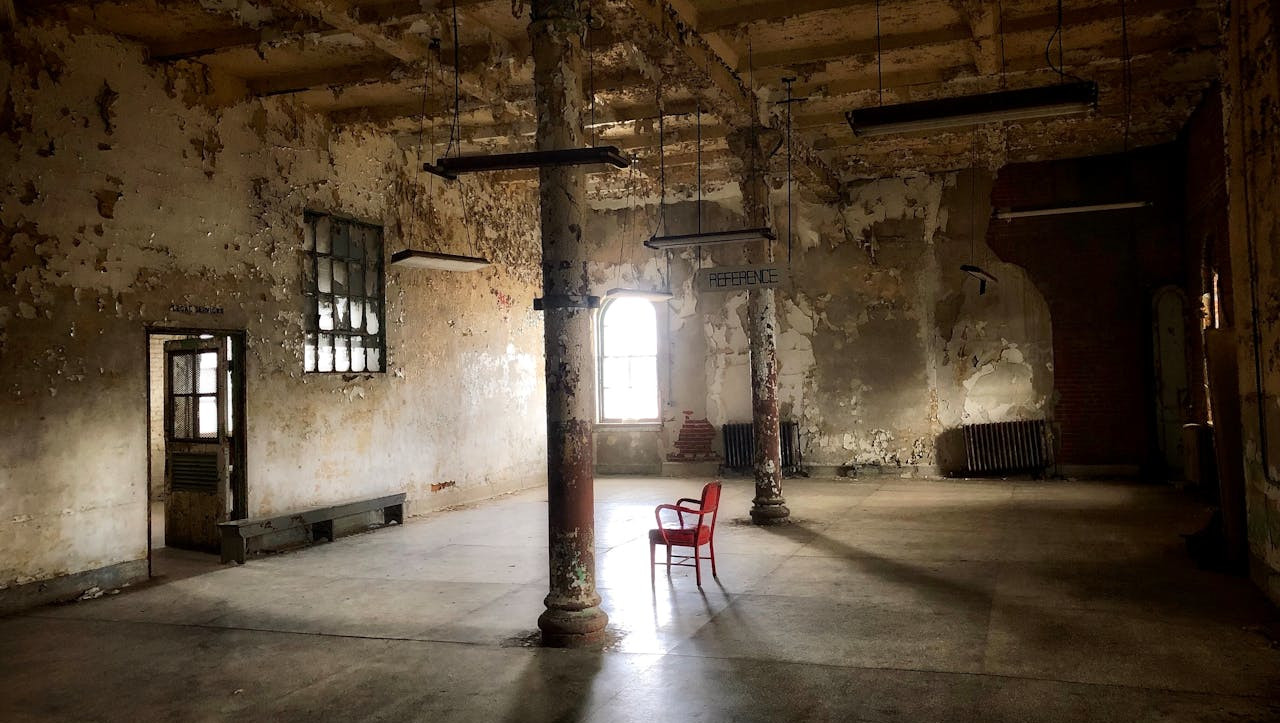
Open Pricing provides you with the ability to yield room types based on demand. It’s a further evolution from the traditional best available rate (BAR) strategy, which was formulated in the 1990s and was seen as an evolution of seasonal rates.
NB: This is an article from Duetto
Subscribe to our weekly newsletter and stay up to date
All prices in a BAR concept are fixed modifiers off each other, either at a dollar mark or as a percentage discount. For example, if your BAR rate is $200 dollars on a particular night and your fixed modifier is 10%, you can only sell that rate at $180, or shut it off with an availability restriction.
With an Open Pricing strategy, you can yield each segment, channel, and room type independently. It enables you to have as many incremental price points on a demand curve as you want, regardless of the BAR price. So, now you can charge $185, $186, $187, or even $216. It also allows you to be open and selling even during peak periods.
7 steps to begin Open Pricing
Fortunately, rethinking your pricing approach and taking the first steps to a more a profitable Open Pricing strategy doesn’t require significant investment. While it may take time to lay the groundwork for your new strategy and get the key pieces and personnel in place, the basics of Open Pricing can be implemented manually.
1. Collaboration across departments
First, understand that an Open Pricing strategy requires a holistic approach that includes collaboration from several other key departments, starting with sales and marketing. Beyond the Director of Revenue and VP of Sales and Marketing, entire teams must work hand-in-hand to ensure larger strategies, specific promotions, and inventory discounts are implemented most effectively.
Once implemented, you’ll have a much more optimal and profitable pricing strategy in place. You’ll no longer need to constantly close and reopen different booking channels and lose customers to your competitors. Your pricing strategy will also be better coordinated with the marketing initiatives of running or deploying promotions.
2. Revisit your discount policy
An easy place to start is by discussing corporate accounts that don’t require last room availability (LRA) and fixed discount values, which allows their pricing to be more dynamic.
Instead of offering corporate accounts seasonal rates, such as guaranteeing 15% off BAR every day, offer up to 20% discount off your fully flexible rate. This means in times of low demand you might offer a 20% discount to the group, but on compressed dates you can reduce that discount down to 5% or even 0%.
Hotels can slowly implement this strategy over time, and it’s essential that you work with sales and marketing during the RFP season to do so.
3. Adjust your marketing messages
You should take steps to change your overall marketing message, specifically the “Stay x nights and receive one free” strategy. While this is a popular approach, it limits the ability to flex that discount based on demand.
Instead, adapt your marketing message to say, “Stay longer (four nights or more) and save up to 25%.” Keeping that discount flexible allows you to keep the offer open even in times of constrained demand. You simply reduce the discount.




